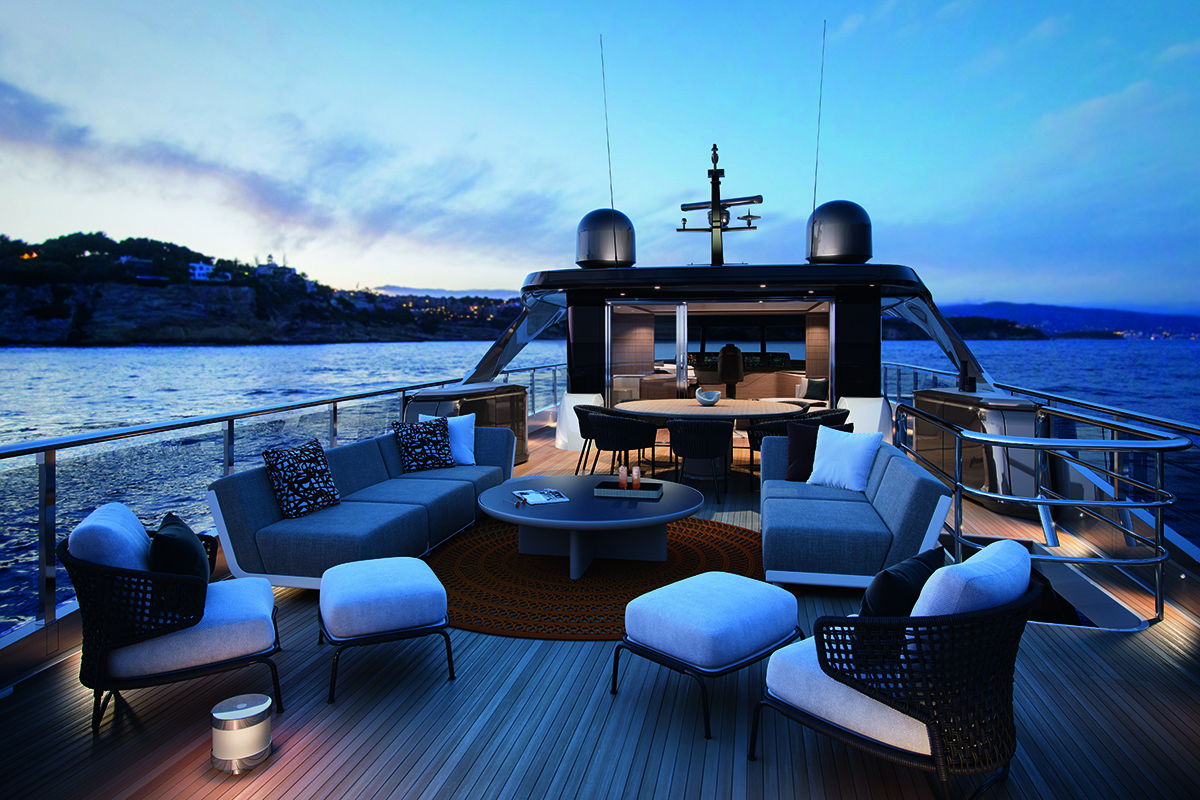
The Princess Yachts’ X95 flybridge
Antony Sheriff has transformed the fortunes of Bernard Arnault’s yachtmaker Princess, creating boats that are stylish, in demand and environmentally innovative, for a new generation of consumer. LUX gets his story
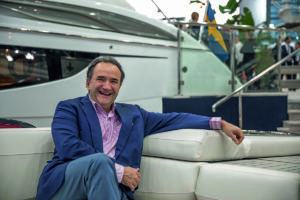
Antony Sheriff
“It’s the sports car of the range. The hull reduces drag by 30 per cent, and it has sports-car-like performance and a Pininfarina design.” Princess Yachts CEO Antony Sheriff is enthusing over a projection of the R35, his company’s cool-looking 35-foot yacht, the latest in a series of innovations he has overseen in what is fast becoming known as the most dynamic yachtmaker in the world.
Follow LUX on Instagram: luxthemagazine
“Sometimes,” he says, “if you are doing something new and are innovating, customers don’t know what they want until you give it to them.” Sheriff has been responsible for a number of innovations at the company, which is owned by LVMH-owner Bernard Arnault through his private equity company L Catterton, both on the product side and on partnerships.
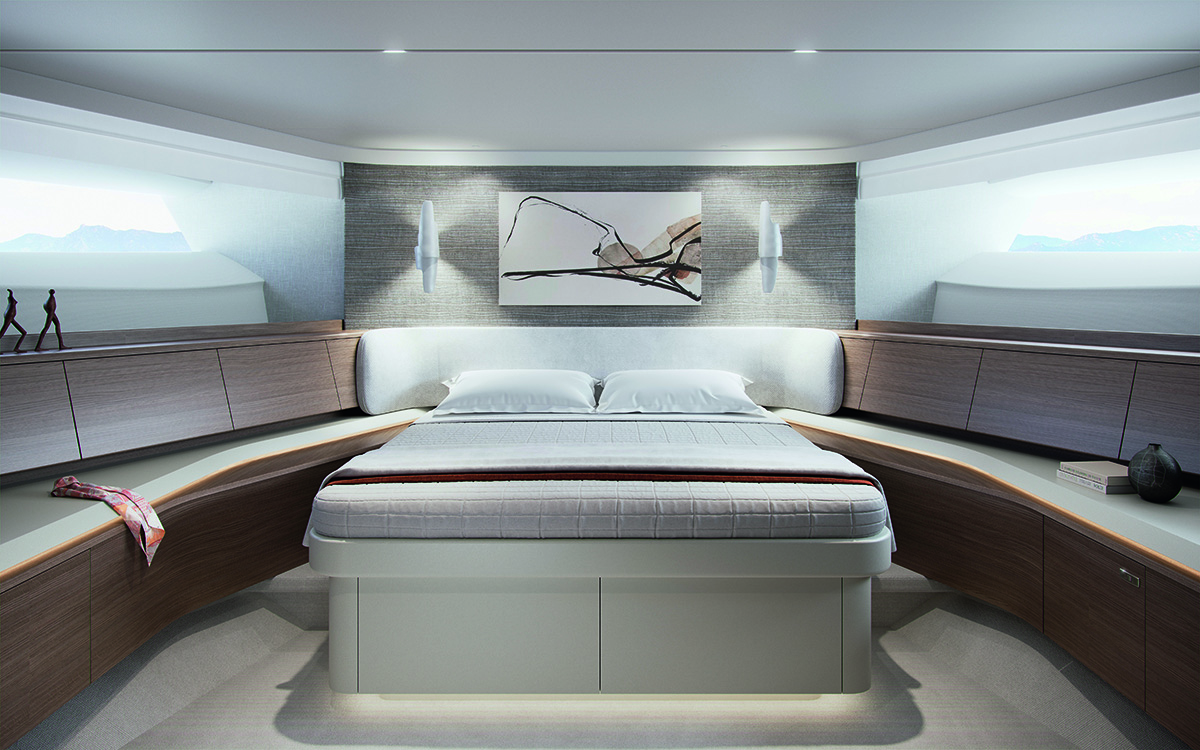
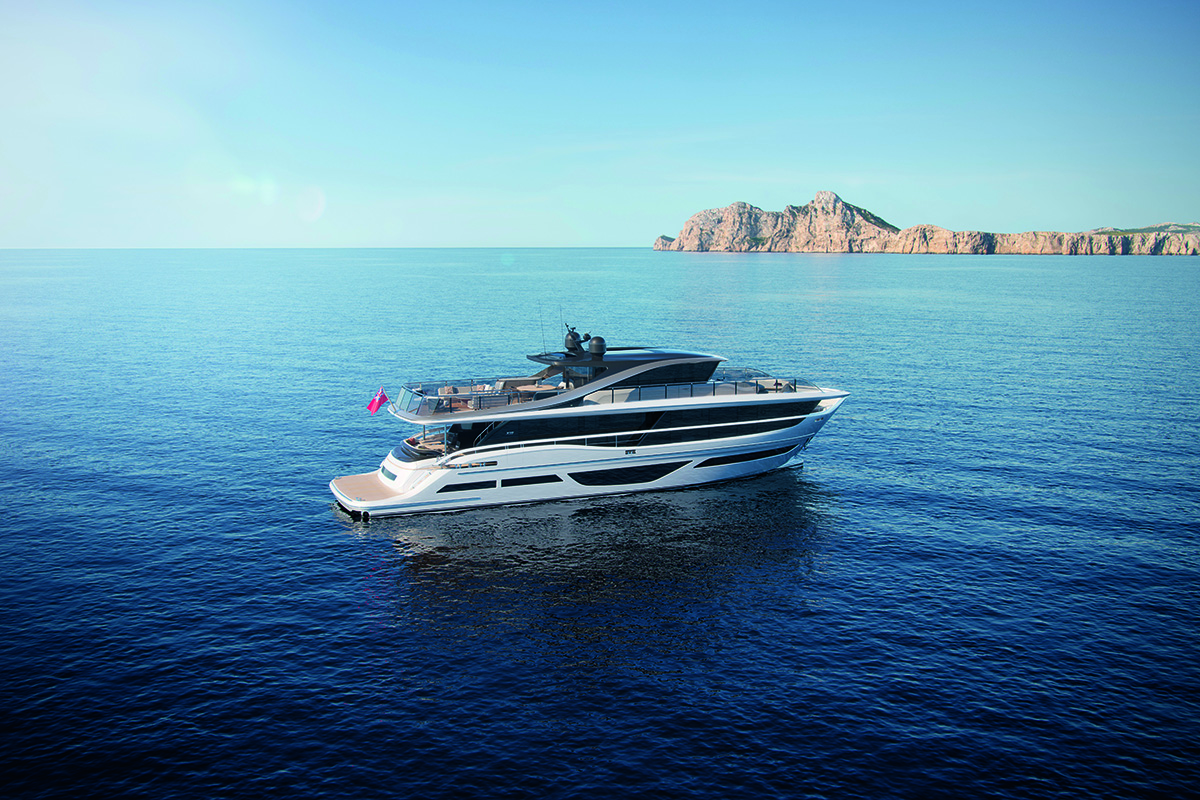
The stateroom (above) and exterior of X95 yacht
In 2016 he launched a collaboration with the Marine Conservation Society, aimed at helping clean up ocean plastics, conserve coral and aid the conservation of marine creatures such as turtles. The Italian-American, who in his previous job launched McLaren’s hybrid P1 hypercar as CEO of the company’s road-car division, is disarmingly straight talking. “We are an industry which makes beautiful products, but we haven’t always been that mindful of the effects they have. We wanted to do something quietly to reduce the impact of yachts on the sea.”
He says the impetus has not – yet – come from the market, but from his own initiative. “We are trying to do the right thing and would rather be on the front foot than the back foot. People enjoy yachting because of the beautiful environment, and we need to try and maintain the water in the state we found it in.”
Read more: Chelsea Barracks is redefining London’s garden squares
Sheriff says that, as with cars, the need to innovate for environmental reasons has actually ended up bringing better products to market. He points to the example of the X95, which has up to 40 per cent more space than its predecessor while using 30 per cent less fuel and matching it in performance; and the Y95, another super-slick collaboration with Italian design house Pininfarina, which seems to have taken up its unparalleled design of luxury modes of transport where it left off with Ferrari after the end of a collaboration there spanning decades.

The R35 performance sports yacht
Sheriff is a little scathing about some of the bloated products on offer from other yachtmakers, and adds: “We are putting the elegance and refinement back in yacht design, creating yachts that look like they belong on the ocean.”
Ultimately, though, he says the biggest change during his tenure since 2016 has been the change in the nature of the consumer. “Increasingly people are buying yachts not as status symbols but as places to spend a wonderful time with family and friends. You go on a family vacation in a yacht and it’s the best vacation possible: the kids stay together with you for fantastic family time, they can’t run away to the nightclub, and you get to spend time with each other in private in a beautiful place.” And, if some of the latest Pininfarina designs continue in the same vein, on a beautiful place, too.
Find out more: princessyachts.com
This article was originally published in the Summer 2020 Issue.

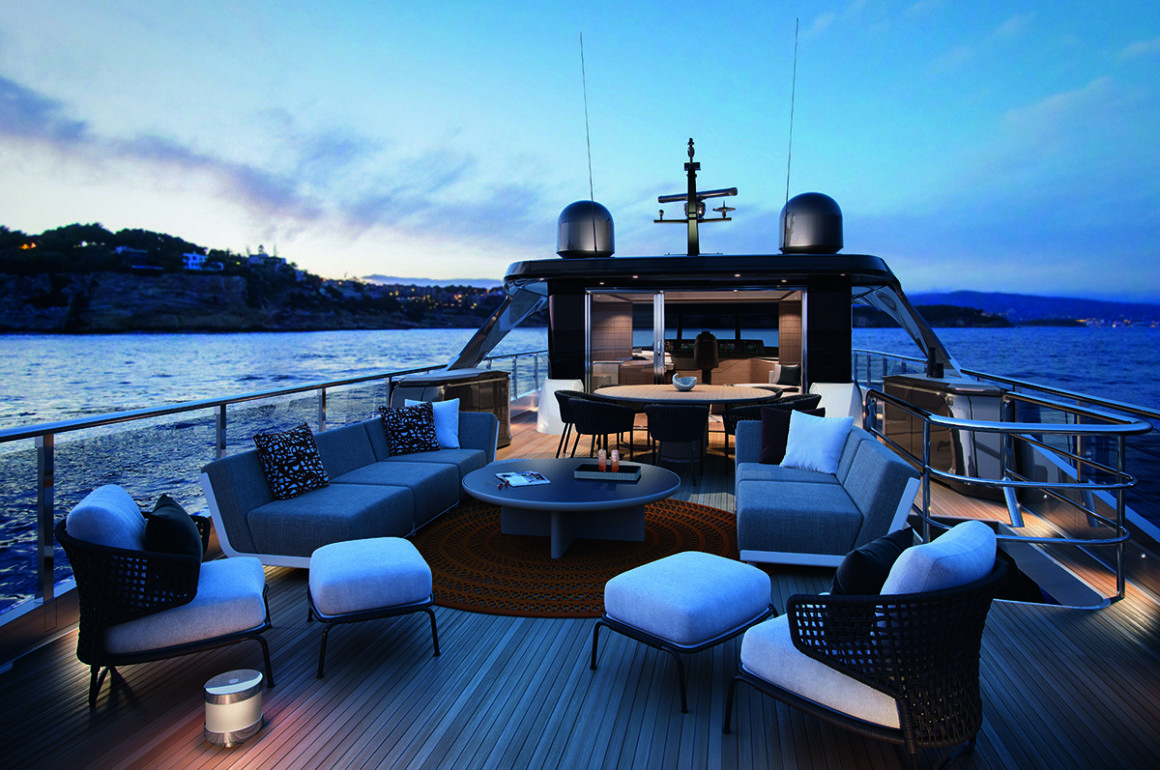
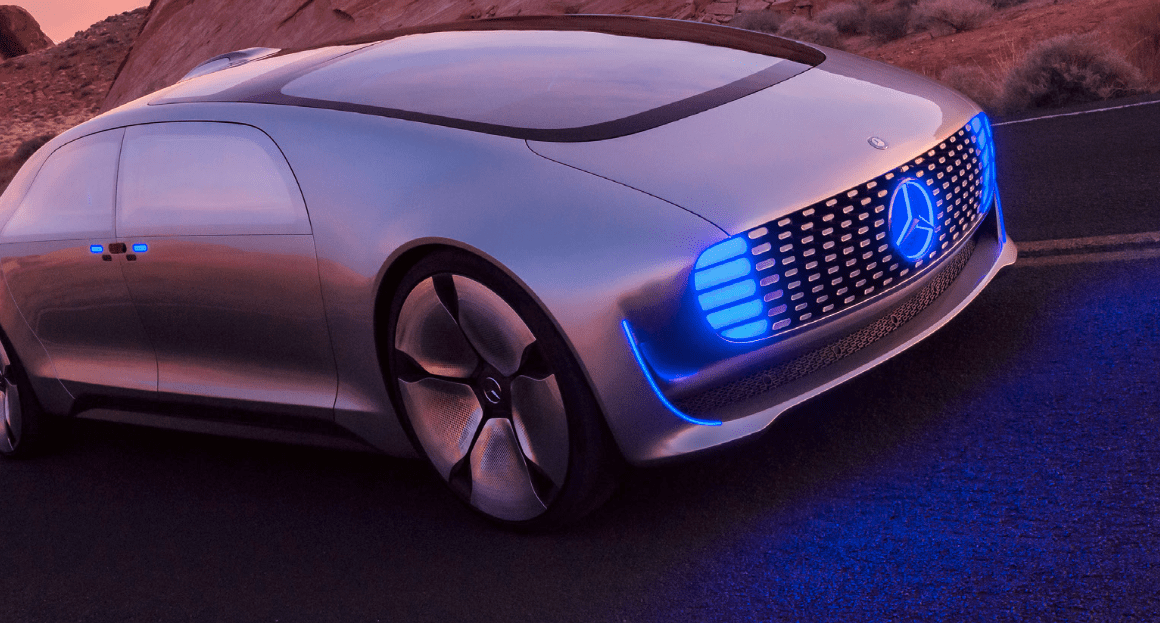







Recent Comments